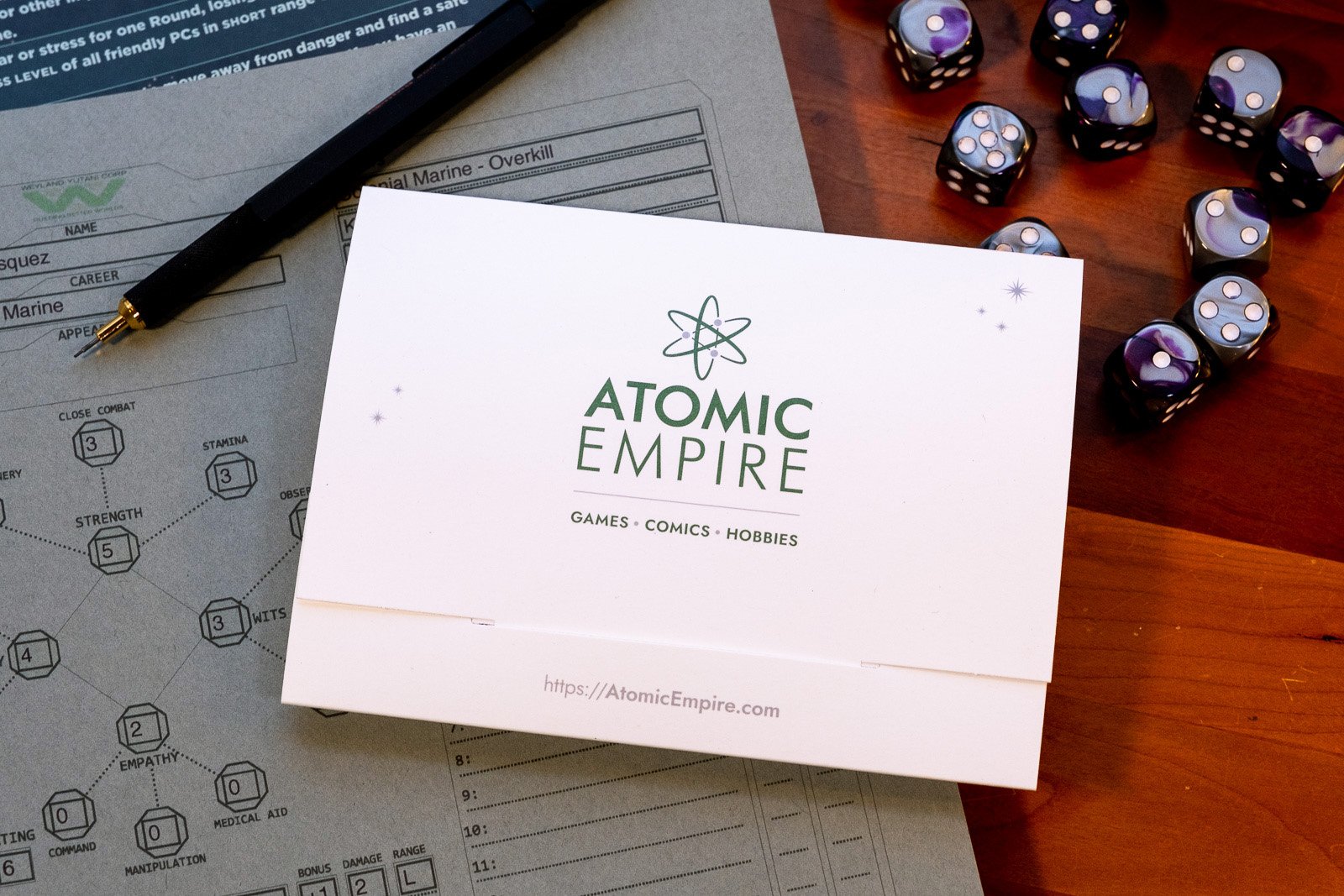Printing? Digital vs. Offset is Your First Decision.
These days, nearly all the printing you see in the world is digital. And it makes sense in a lot of cases—but it’s not the only option. Offset printing has been around a lot longer and opens up. It’s good to consider the trade-offs you make in deciding which path to take.
We’re going to share our thinking on the subject because there are times when considering offset is the right move. And times when designing a digital piece to emulate the options that offset provides can be nearly the best of both. : )
There are a lot of options for printing.
We’re taking the easy way out in making this an A/B conversation for color printing, but there are a huge variety of print processes out there. Screen printing, letterpress, flexography, thermography, dye sublimation, and if you want to go old school, we can even talk about mimeographs or photocopies. Anyone want to start a zine?
All this is to say that we’ve got a lot of print experience and we enjoy working in print.
Hit us up if you have a print project. We’re into it.
Offset Printing
This is your traditional stand for both high-quality and volume print runs. Offset printing applies ink indirectly to the paper from metal plates to rubber rollers and then onto the paper.
Once up and running, offset printing produces remarkably consistent and excellent results. It also provides for precise color matching and crisp details.
That setup does make offset a bit slower than digital.
Offset printing is great for larger or multi-page pieces. Thanks to the larger size of offset print presses, you can “gang” jobs—running different designs with the same ink colors on the same, large sheet.
Offset is the best option if you have a lot of printing to do and want to be as cost-effective as possible.
There’s more to it than that, but we’ll save the nitty-gritty and exceptions for individual project consultation.
Best for:
Large quantities (think 500+ pieces)
High number of pages—or pieces
Projects with strict color consistency (e.g., brand collateral, packaging)
Specialty inks (e.g., Pantone, metallics) or substrates (e.g., textured stocks, synthetics)
Tradeoffs:
Longer setup time and higher upfront cost
Less economical for short runs or rapid turnarounds
Examples of offset from our work:
Spot Color in Offset Printing
That last “best for” item is a big differentiator. Offset printing has always allowed for “spot color” at a lower price point than process (full-color) printing. And today that allows for ways to make a finished product stand out in a full-color world.
Pantone Matching System (PMS) swatches
One often-overlooked advantage of offset printing is the ability to run spot color jobs—especially single- or two-color designs—which can dramatically shift the cost equation and create a unique visual voice.
Spot colors, like the Pantone Matching System (PMS), can produce colors with a higher dynamic range than regular process printing. If your brand identity relies on a specific—not just “close enough”—color, spot color keeps your materials aligned across print runs, vendors, and time.
We often guide clients toward one- or two-color offset jobs when something minimalist, distinctive, and cost-effective is desired.
Digital Printing
Digital printing applies ink or toner directly to the paper—no plates required. It excels at flexibility, fast turnarounds, and economical short runs.
There are several options under the umbrella of digital printing:
Toner: A larger, more capable office laser printer that’s faster, sharper, and more color-accurate. Booklets.
Inkjet: Fine droplets of ink are sprayed onto the paper. Superior image detail—great for photography-heavy or art-forward pieces.
Indigo: A hybrid technology that combines digital convenience with near-offset quality. Excellent for premium short-run work where visual polish matters.
The quality can be slightly lower compared to offset— though today’s digital printing options are usually done so well that you won’t notice much difference, if at all. Digital jobs are best for smaller quantity and size print runs, like a few hundred business cards or one-sheets.
Best for:
Short runs or on-demand printing (as few as 10–50 copies)
Variable data (e.g., mail merges, QR codes, personalized designs)
Quick turnarounds and budget-sensitive projects
Tradeoffs:
Slightly lower color fidelity and substrate versatility
Can show digital “sheen” or banding on large flat areas
Examples of digital printing from our work:
Environmental Impact
Offset printing has traditionally been resource-heavy—requiring plates, water, and solvents—but modern presses have improved efficiency and waste management. However, waste is still a factor, especially on short runs where setup waste can outweigh the final product.
100% recycled stock from French Paper Co. ready to become notebook covers.
Digital printing shines for sustainability in short-run or on-demand applications. Because there’s less setup, zero plate waste, and no solvents involved. This often makes digital the greener choice for small batches or evolving content.
However, there are different downsides to most digital printing.
Toner-based systems (like laser printers) often use plastics and polymers that are not biodegradable. Some inkjet inks contain solvents or compounds that require careful disposal.
Some digital jobs may use synthetic or coated papers to improve print quality—but those can be harder to recycle.
Ink and toner cartridges, fuser drums, and other consumables generate e-waste. While some manufacturers offer recycling programs, uptake varies.
Rapid tech turnover in digital printing can lead to more hardware waste over time, compared to decades-old offset presses that are still considered some of the best in the industry.
Our print partners share our environmental values, prioritizing FSC-certified stocks, low-VOC inks, and closed-loop waste systems.
We’ve guided many clients through the nuances of print production. Whether we’re overseeing a short-run of business cards or a 30,000-piece direct mail campaign, we choose the right print method to match each project’s goals, timeline, budget, and environmental priorities.
Ready to kick off your next print project? Let’s get started.
















